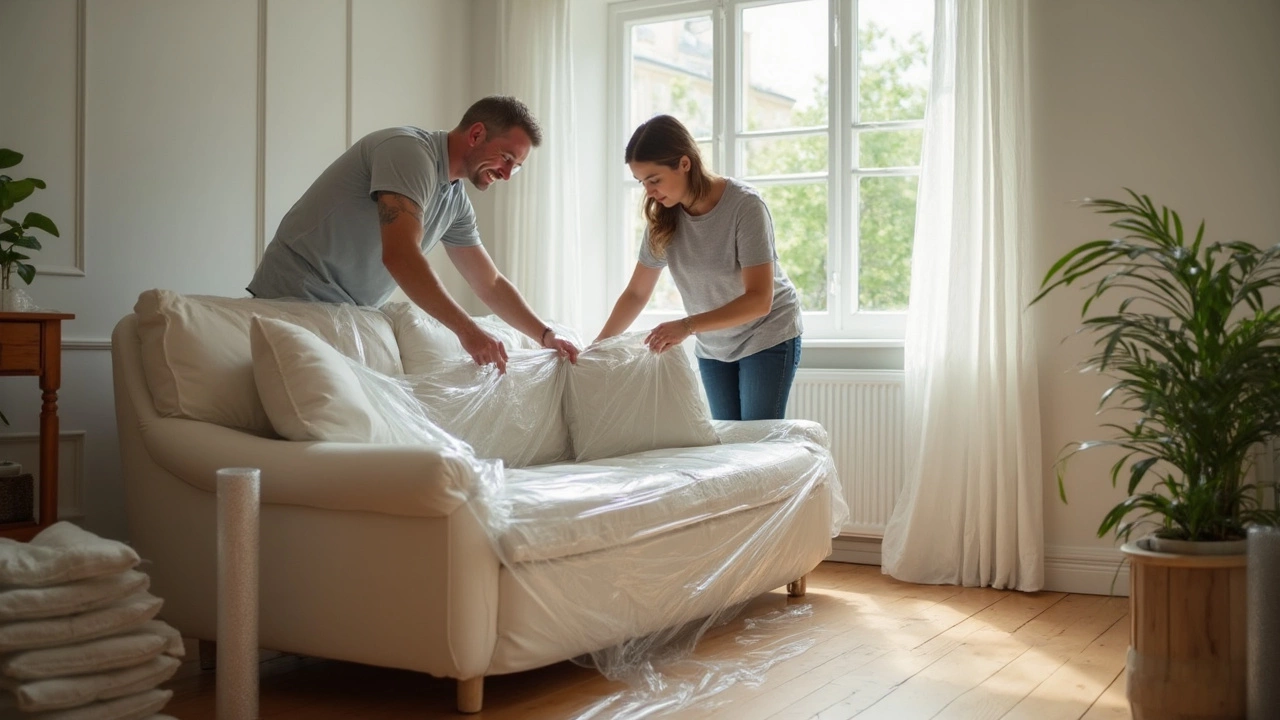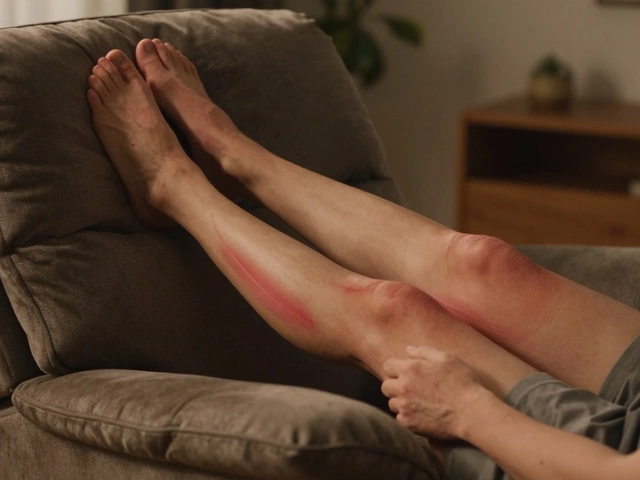Sofa Wrapping: Simple Ways to Keep Your Couch Fresh
Ever stare at a sofa that’s seen better days and wonder if a quick wrap could save it? You don’t need a designer or a huge budget to give your couch a new lease on life. A well‑chosen wrap or cover can hide stains, guard against wear, and even buy you time before a full reupholstery.
Here’s the low‑down on what makes a good sofa wrap, when to replace a cover, and how to pick the right fabric for your home. Stick with these tips and you’ll protect your sofa without any hassle.
Why Wrap Your Sofa?
First off, a wrap is an armor layer. Kids spill juice, pets shed hair, and sunlight fades fabric. A removable cover catches the mess, so you clean the cover instead of scrubbing the couch itself. That alone saves you hours of effort.
Second, a wrap lets you switch styles on the fly. Want a bold colour for a party? Slip on a bright cover. Need a neutral look for a work‑from‑home call? Change to a muted fabric. It’s a cheap way to keep up with trends without buying a new sofa.
Lastly, a good wrap can signal when a full reupholstery is needed. If the cover constantly slides, the frame may be loose, or the springs feel saggy, those are signs to bring in a professional.
Choosing the Right Fabric and Fit
When picking a material, think about the room’s traffic and any pets. For high‑traffic areas, cotton‑blend or polyester blends work well – they’re sturdy, easy to wash, and resist snagging. If you have a cat that loves to claw, consider a tighter weave or a microfiber that hides fur.
Measure your sofa carefully. Most covers come in three sizing options: snug, relaxed, and oversized. A snug fit looks sleek but can be hard to pull on; a relaxed fit slides off more easily while still looking tidy. Take note of arm‑rest height, back‑rest depth, and seat width for the best match.
Don’t forget the colour and pattern. Light shades reveal stains fast, while darker hues hide everyday wear. Patterned fabrics can camouflage pet hair and accidental spills, making maintenance a breeze.
Once you have the fabric, treat it right. Spot‑clean spills with a gentle detergent before they set, and machine‑wash covers according to the label – most are fine on a cool cycle. Avoid bleach unless the label says it’s safe; it can weaken fibres over time.
If you’re feeling handy, you can DIY a wrap. Grab a sheet of fabric a few inches larger than your sofa measurements, use a staple gun or fabric tape to secure it, and you’ve got a custom cover that fits like a glove.
When a cover no longer does the job – say it’s frayed or the couch’s cushion feels flat – it’s time to think about reupholstering. An average reupholstery in 2025 costs around $2,000‑$3,500 in North America, but the price varies by fabric and labour. If the frame is solid and you love the shape, reupholstering can be a worthwhile investment.
Bottom line: a sofa wrap is an affordable, flexible shield that eases cleaning, updates style, and warns you when a deeper fix is needed. Pick a durable fabric, get the right fit, and keep it clean – your couch will thank you for years to come.
How to Protect Your Sofa in Storage: Easy Steps for Lasting Comfort
Worried about leaving your sofa in storage? This article shares practical steps to keep your couch from getting ruined while it's packed away. You'll learn the best ways to prepare, wrap, and store your sofa so it stays clean and damage-free. Get answers on avoiding mold, pests, and odd smells, plus tips on choosing the right spot and materials. By the end, you'll know exactly how to avoid costly mistakes and keep your sofa looking fresh.







